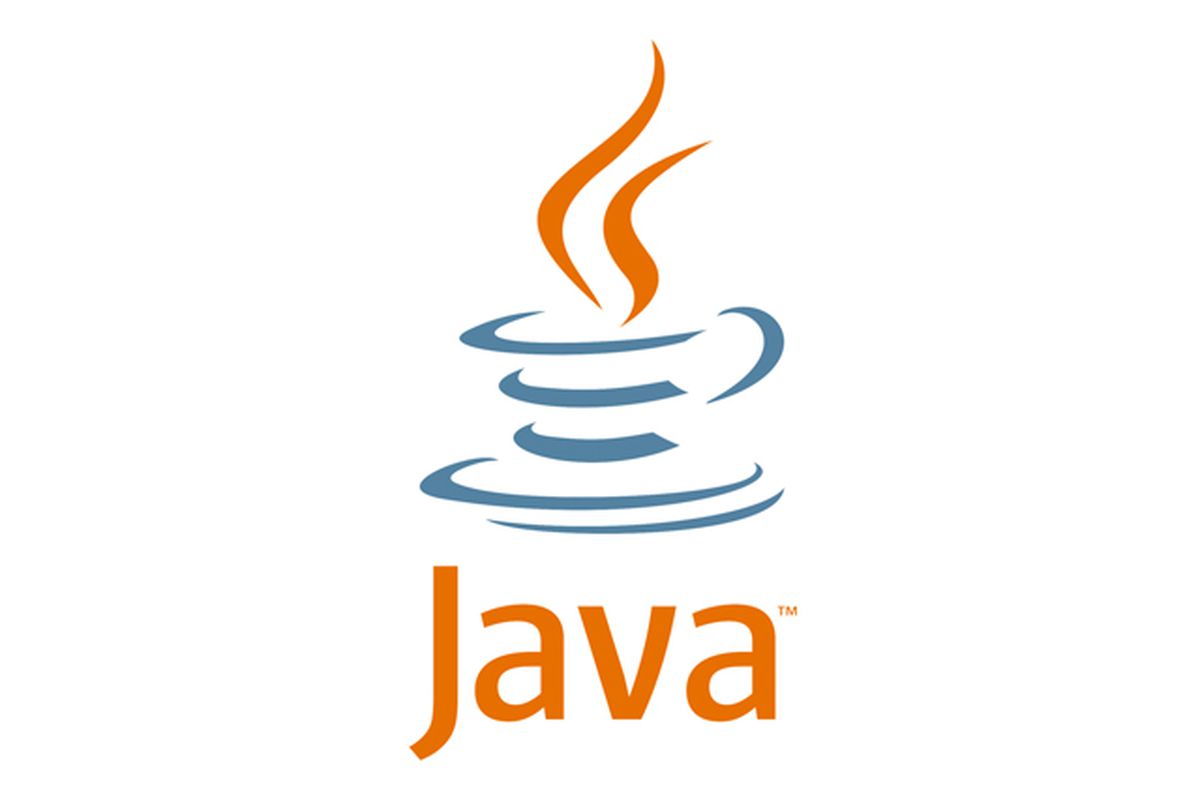

Java SE 8 New Features
Sobre este Treinamento
- Create lambda expressions using the default library interfaces
- Create lambda expressions using the proper syntax
- Use new concurrent lambda features
- Use the new Date/Time API
- Use Mission Control and Flight Recorder
- Use the new Nashorn JavaScript Engine
What you will learn
This Java SE 8 New Features training delves into the major changes and enhancements in Oracle Java SE 8. You’ll focus on developing an understanding of the basics, then looking at using streams and lambda expressions with collections.
- Work with the new JavaDate and Time API;
- Use the Nashorn JavaScript engine;
- Create lambda expressions using the default library interfaces;
- Use new concurrent lambda features.
Benefits to You
By enrolling in this course, you’ll expand your knowledge of Java SE 8, while building your Java skill set. It wraps up with an overview of Mission Control and Java Flight Recorder, which are now included with JDK 8.
Carga Horária: 2 dias 
Pré-requisito
Suggested Prerequisites:
Fundamentos de Java SE7
Java SE 7 Programming
Java SE7 Fundamentals
Programação Java SE 7
Developer
J2EE Developer
Java Developers
Project Manager
Público-alvo
Conteúdo
Course Introduction
- Reviewing course objectives
- Discussing course format and LVC
- Getting acquainted with instructor and student
- Discussing course topics planned for coverage
- Overview of changes in 8
Introducing Lambda Expressions
- Describing the purpose of an anonymous inner class
- Describing drawbacks to anonymous inner classes
- Describing the components of a lambda expression
- Defining a functional interface
- Creating programs that use lambda expressions
A Case for Lambda Expressions
- Discussing the reasons for adding lambda expressions to the Java language
- Reviewing the standard way of extracting data in Java
- Refactoring code to reduce redundancy
- Refactoring code to use inner classes
- Refactoring code to use lambda expressions
- Listing the benefits of lambda expressions
Filtering Collections with Lambdas
- Iterating though a collection with forEach
- Iterating through a collection using lambda syntax
- Describing the Stream interface
- Filtering a collection using lambda expressions
- Calling an existing method using a method reference
- Chaining multiple methods together
- Comparing function and imperative programming
- Defining pipelines in terms of lambdas and collections
Using Built in Lambda Types
- Listing the built in interfaces included in java.util.function
- Determining true or false with a Predicate
- Processing an object and return nothing with Consumer
- Processing one object and return another with Function
- Generating a new object with Supplier
- Using primitive versions of the base interfaces
- Using binary versions of the base interfaces
Collection Operations with Lambda
- Extracting data from an object using map
- Searching for data using search methods
- Describing the types of stream operations
- Describing the Optional class
- Performing calculations using methods
- Describing lazy processing
- Sorting a stream
- Saving results to a collection using the collect method
Parallel Streams
- Reviewing the key characteristics of streams
- Contrasting old style loop operations with streams
- Describing how to make a stream pipeline execute in parallel
- Listing the key assumptions needed to use a parallel pipeline
- Defining reduction
- Describing why reduction requires an associative function
- Calculating a value using reduce
- Describing the process for decomposing and then merging work
Lambda Cookbook
- Modifying a list using removeIf
- Updating a list using replaceAll
- Updating a map using computeIfAbsent, computerIfPresent, and merge
- Sending the keys and values from a map to a stream
- Reading a file to a stream
- Reading a text file into an ArrayList
- List, walk, and search a directory structure using a stream
- Flattening a stream using flatMap
Method Enhancements
- Considering the importance of building good libraries
- Using static methods in Interfaces
- Using default methods
- Understanding default method inheritance rules
Using the Date/Time API: Working with Local Dates and Times
- Listing the goals of the Date/Time API (JSR-310)
- Creating and manage date-based events
- Creating and manage time-based events
- Combining date and time into a single object
Using the Date/Time API: Working with Time Zones
- Working with dates and times across time-zones and manage changes resulting from daylight savings
Using the Date/Time API: Working with Date and Time Amounts
- Defining and create timestamps, periods and durations
- Applying formatting to local and zoned dates and times
JavaScript on Java with Nashorn: Creating and executing shell scripts
- Creating and execute shell scripts using JavaScript and Nashorn
JavaScript on Java with Nashorn: Writing JavaScript Applications
- Developing JavaScript applications that leverage Java code using Nashorn
JavaScript on Java with Nashorn: Writing JavaFX Applications Using JavaScript
- Running JavaScript script from Java applications usingJSR-223
- Prototype JavaFX applications using Nashorn and JavaScript
Intro to Mission Control
- Describing JMX and Managed Beans with Mission Control
- Monitoring CPU utilization with Mission Control
- Analyzing JVM characteristics with Mission Control
- Analyzing heap memory with Mission Control
Intro to Flight Recorder
- Describing the Java Flight Recorder
- Describing the Java Flight Recorder Architecture
- Starting a Java Flight Recording
- Managing a Java Flight Recording
- Analyzing a Java Flight Recording
Atendimento Personalizado
Para saber mais sobre os treinamentos, certificações e soluções de TI da SoftSell, entre em contato com a gente.
É só escolher o seu canal preferido e aguardar breve resposta em horário comercial:
ENDEREÇO
Rua Emiliano Perneta, 680 – 9º Andar
Centro – Curitiba – Paraná – 80420-080
